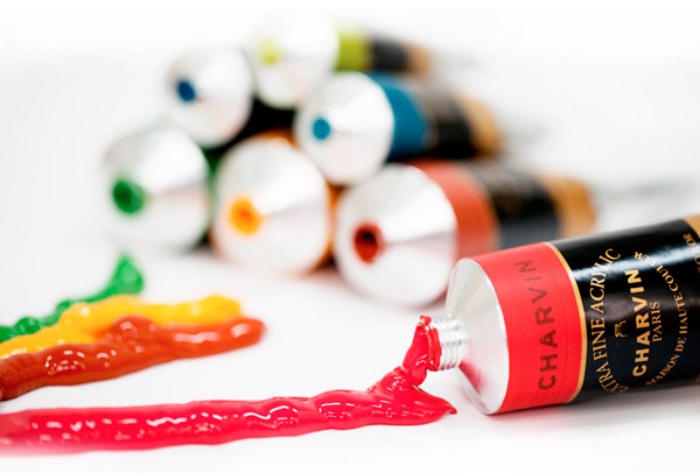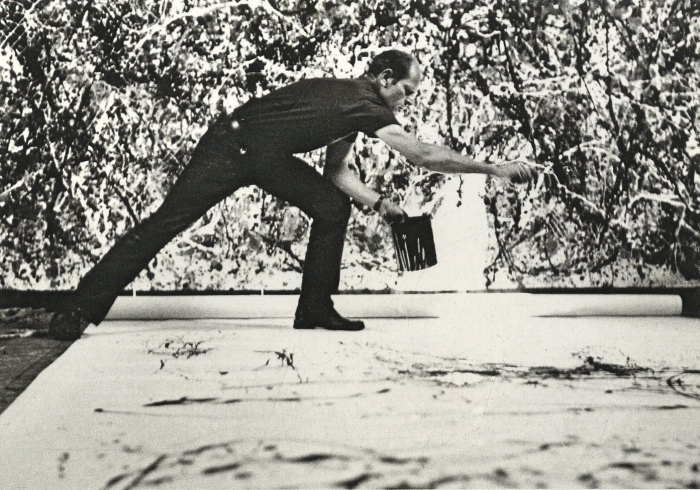
ACRYLIC PAINT
The technological progress in the production of colours has developed over the centuries and has allowed the development of new artistic movements.
For the Impressionists the invention of tubes of acrylic paint which could be easily carried was fundamental; and thanks to the invention of acrylic paint Pop Art and Abstract Expressionism allowed the creation of new images.
Acrylic paint is a new invention and its success depends on its ease of use.
The commercial offer offers practically endless possibilities of use, and to get an idea of how many products are now available, all you have to do is have a look at the website artecreo.it.
In this post I’ll tell you when acrylic paint developed and which advantages offers.
The first artists to use acrylic paint were the Mexican painters Alfaro Siqueiros, Diego Rivera and José Clemente Orozco in the 1920s and 1930s, who used it to paint their large murals.
Starting from 1950s, acrylic paint entered every artist’s studio, and, for example, it became the fundamental element of the works by Jackson Pollock, who dripped or poured paints directly onto the canvas.
The secret of acrylic paint’s success lies in their peculiar chemical composition, created to resist from exposure to light, and suitable for various creative needs:
- Acrylics can be diluted with water or solvents, and can resemble watercolour and oil painting;
- they can be applied on dried acrylic painted surface, or can be used pure in order to create voluminous surfaces;
- in addition, they can be used on a vast range of materials, from canvas to wood, from walls to paper.




Hey There. I found your blog the use of msn. That is a really smartly written article.
I’ll make sure to bookmark it and come back to learn extra
of your helpful info. Thank you for the post. I will
certainly comeback.
thank you 🙂
Hi there mates, its wonderful piece of writing regarding
educationand fully explained, keep it up all the time.
thank you very much 🙂
Hi, i feel that i saw you vidited my web site thus i got here to
?go baack the want?.I am trying too find things to enhance my website!I guess its adequate to use a few of your ideas!!
I’m glad to be an inspiration. Just do not copy!
It’s hard to come by well-informed people on this subject, but you sound like
you know what you’re talking about! Thanks
Thank you 🙂